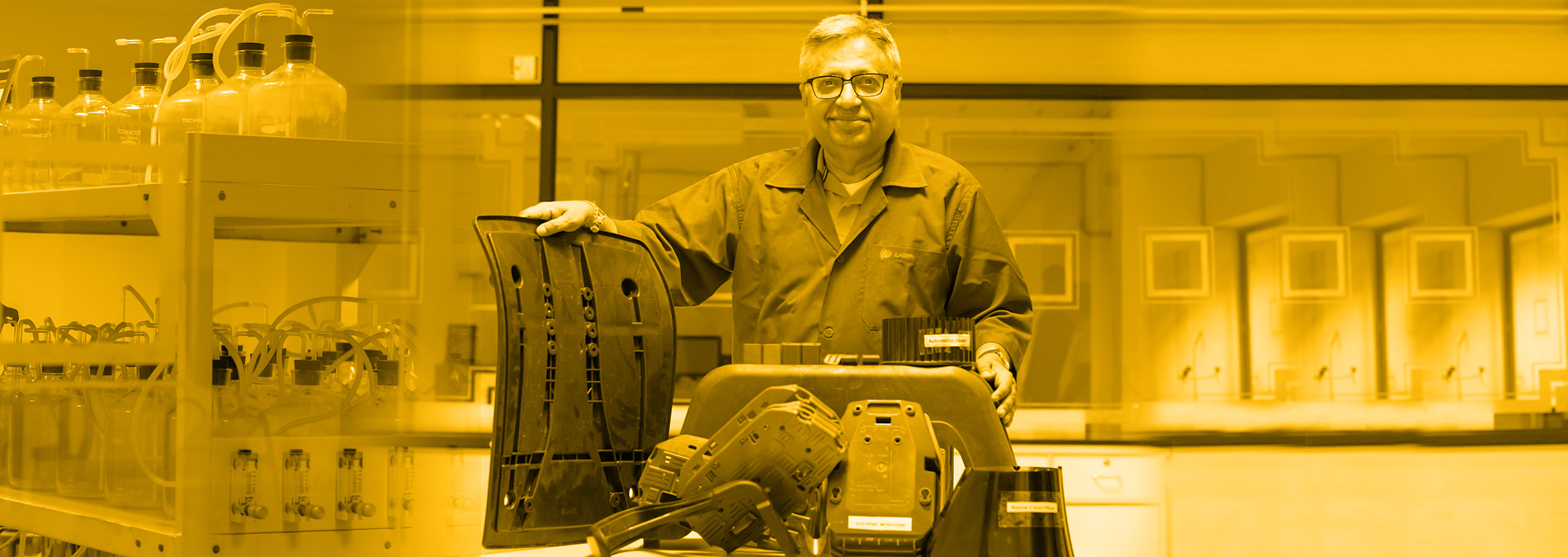
Electronics have made our life easy – thanks to the exponentially increasing new technology launches. In earlier days, the life of electrical appliances used to be minimum 12 - 15 years. Be it mobile phones, laptops, furniture, TV or any electrical appliance, technology is being upgraded in an alarming rate. We all want to have updated gadgets to keep pace with the advancing society and the average service life has drastically reduced to 3 - 5 years. This has led to piling up of waste electronic and electrical equipments (WEEE) in dump yards, otherwise filled with domestic waste. WEEE constitutes of ~33% of plastics, 31% metals with glass / ferrous materials forming the remaining portion. Our recyclers majorly concentrate on precious metals, while discarding or incinerating the plastic components. But, the significant fact is that they comprise of high performance polymers, whose value do not degrade much when reprocessed. Thus, their potential need to be explored completely before throwing them in trash bins. My R&D team at CIPET came up with eco-friendly strategies for segregation and recycling of engineering plastics retrieved from WEEE. In the capacity of Principal Investigator of the team, various high value formulations have been developed for wide array of application. A demo recycling unit has also been set up at Bhubaneswar for hand-holding the entrepreneurs in the area of plastics waste generated from WEEE.


Prof. (Dr.) Sanjay K Nayak
Vice Chancellor
Ravenshaw University,
Odisha, India
(Former Director General - CIPET, Govt. of India)
Ravenshaw University,
College Square, Cuttack
Odisha - 753003.

www.ravenshawuniversity.com
drsknayak@gmail.com / vc@ravenshawuniversity.ac.in